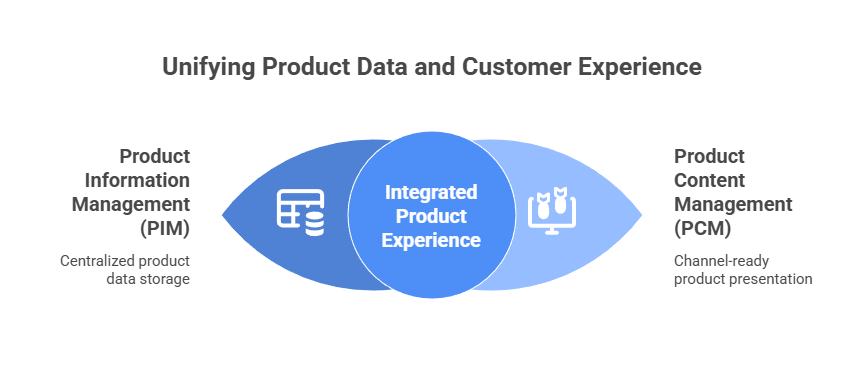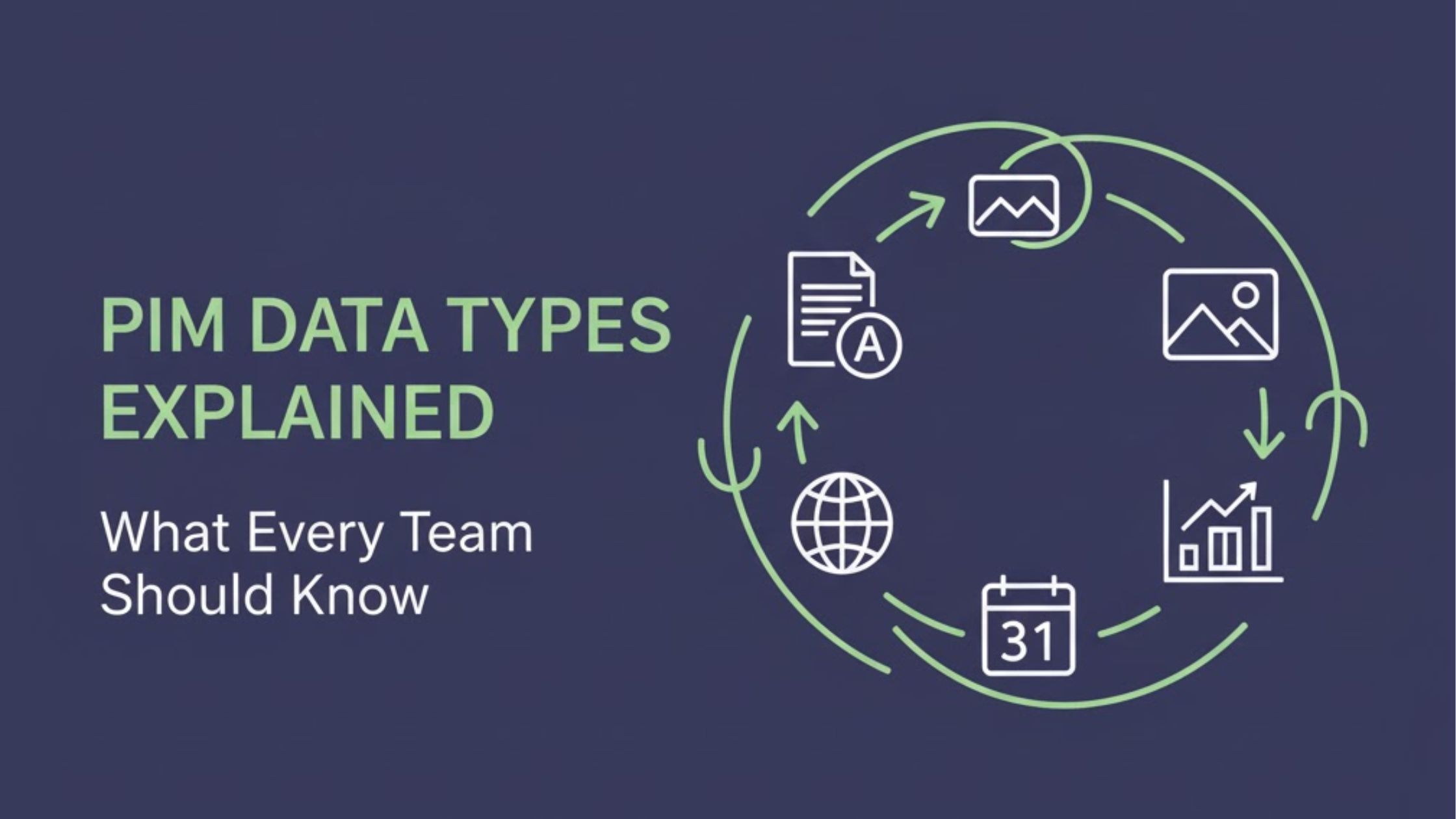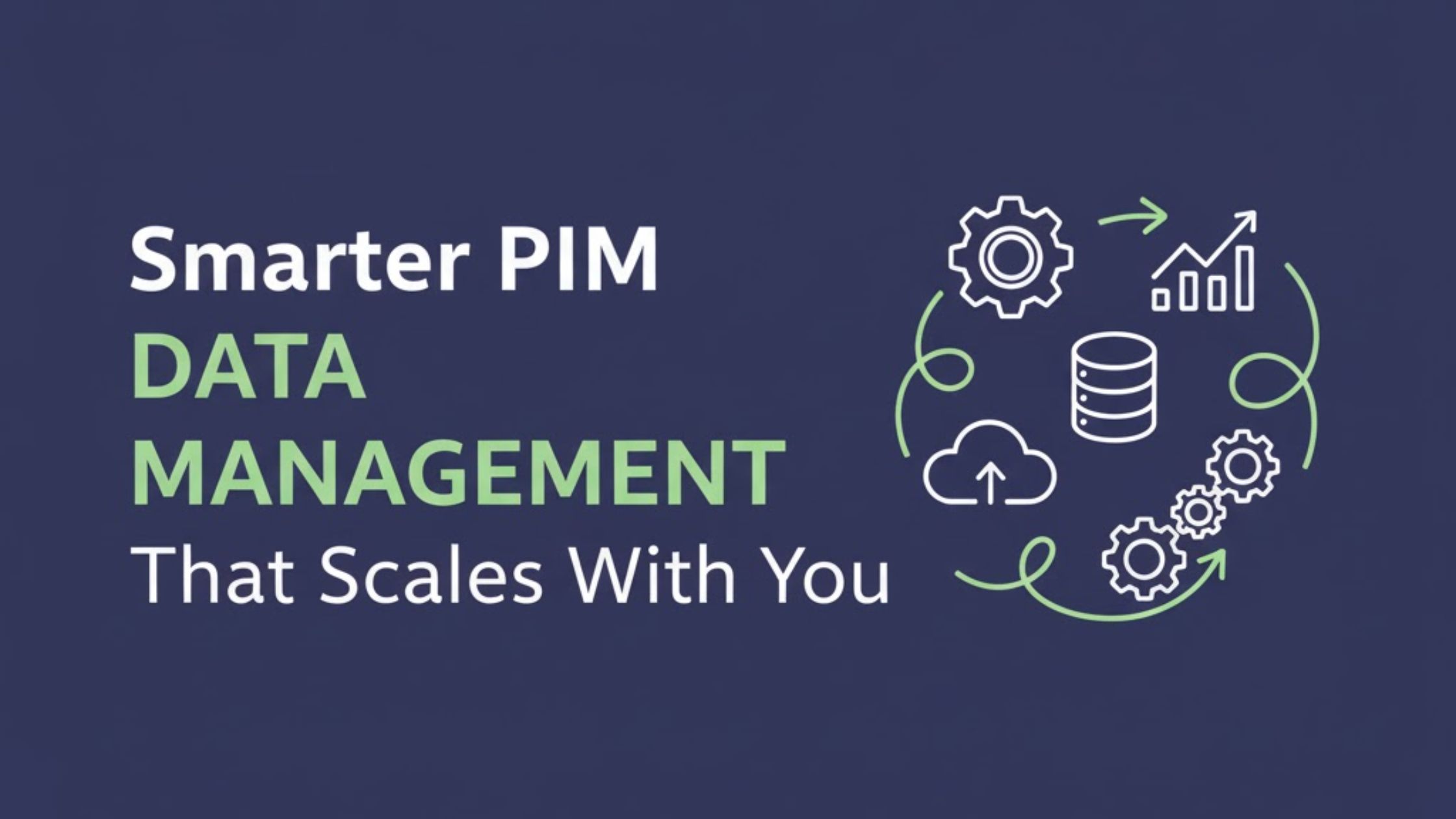Product Content Management Made Simple and Scalable

Product Content Management Made Simple and Scalable
Managing thousands of product listings across multiple sales channels can feel like an endless uphill climb. Descriptions vary, images go missing, and launch cycles stretch longer than expected.
That’s where product content management (PCM) comes in — a unified system for organizing, enriching, and distributing every piece of product information your business relies on. In an age where customer experience determines success, scalable and consistent product data has become a competitive advantage.
This guide explains how PCM simplifies the process, bridges the gap between data and content, and helps you achieve faster time-to-market through a modern, API-first Product Information Management (PIM) platform such as Ergonode.
What Is PCM and How It Differs From PIM
Product content management (PCM) refers to the centralized control of product information, images, videos, and technical data that appear across your digital channels. It ensures that your customers see accurate, consistent, and engaging information whether they’re shopping on your website, browsing a marketplace, or comparing products on mobile.
While Product Information Management (PIM) systems and PCM are closely related, they serve slightly different functions.
PIM acts as the master repository that stores and structures product attributes, while…
PCM focuses on how this content is enriched, localized, and presented to end users.
A simple way to think about it is: PIM manages the data, and PCM manages the experience.
For example, a shoe retailer might use a PIM to maintain SKU-level data like size, color, and material, while PCM handles the visual and descriptive elements like lifestyle photos, detailed sizing charts, or even video tutorials.
Integrating both ensures every channel presents your products exactly as intended.

Why Product Content Management Is Critical for Growth and CX
Digital buyers expect accuracy, speed, and personalization.
Fragmented product data leads to mismatched listings, poor search visibility, and confused customers. A robust PCM system eliminates these risks by maintaining consistent, high-quality content across every touchpoint.
Businesses that invest in PCM experience measurable benefits:
- Higher conversion rates
- Faster onboarding for new channels, and
- Improved customer trust through accurate product details.
More importantly, PCM directly supports an enhanced customer experience (CX) by ensuring your products tell a coherent story no matter where they appear.
Core Components of a Scalable Product Content Management System
A scalable PCM solution goes beyond simple data storage.
It’s designed as a centralized content hub where every SKU becomes a single source of truth.
Key components include:
- Centralized Product Repository consolidates all product data, from technical specs to marketing descriptions.
- Digital Asset Management (DAM) connects rich media like images and videos directly to product records for faster updates and version control.
- Content Enrichment Workflows streamlines translation, localization, and attribute enhancement through automation.
- Omnichannel Syndication publishes enriched product content across multiple channels without duplication.
- API-First Architecture enables seamless integration with eCommerce platforms, ERP systems, and CMSs for agile scaling.
A modern PCM system built on an API-based, headless PIM such as Ergonode empowers brands to manage and distribute data programmatically, ensuring accuracy and consistency at every level.
Implementation Roadmap for a 90-Day Launch of PCM
A structured rollout ensures smooth adoption and quick results. Below is a simplified roadmap to implement PCM effectively:
Phase 0 – Kickoff and Audit: Identify stakeholders, define business goals, and audit current product data sources such as spreadsheets, CMS systems, or ERP databases.
Phase 1 – Centralization: Import your core product data and map it into a unified schema. Connect your DAM to align media assets with SKUs.
Phase 2 – Enrichment: Create attribute sets, translation workflows, and taxonomy rules. Validate mandatory fields to guarantee completeness before syndication.
Phase 3 – Automation and Syndication: Build integrations to push data to eCommerce stores, marketplaces, and mobile apps. Automate exports through APIs or scheduled workflows.
Phase 4 – Measure and Optimize: Establish KPIs like data completeness, publishing speed, and conversion rates. Use insights to improve governance and enrich content continuously.
By following this plan, organizations typically achieve visibility improvements, faster launches, and measurable ROI within the first quarter.
Practical Best Practices and Governance Rules
To sustain quality and consistency, PCM must operate under clear governance. Assign ownership for each data attribute, establish version control, and enforce validation rules for all new entries.
Automating workflows reduces manual errors and allows teams to focus on creative enrichment rather than data cleaning. Implement role-based permissions to manage edits, and schedule periodic audits to identify missing or outdated content.
Governance not only enhances internal efficiency but also strengthens customer trust by ensuring that published product details remain consistent across channels and regions.
Common Approaches and Tools
This comparison highlights how modern, API-driven PCM tools provide unmatched scalability and speed, especially for organizations managing thousands of SKUs and multiple channels.
Examples and Use Cases Across Industries
Following are the use-case examples:
- eCommerce Retailers use PCM to maintain consistent product pages across web stores and marketplaces, ensuring brand identity remains intact everywhere.
- Manufacturers and B2B Companies rely on PCM to manage technical specifications, datasheets, and regional catalogs. It helps them reduce channel conflicts and manage distributor content more efficiently.
- Consumer Packaged Goods (CPG) Brands leverage PCM for global product launches, seasonal updates, and compliance with local labeling standards.
A sportswear brand, for example, reduced its product launch cycle from six weeks to two simply by centralizing all content within an integrated PIM-PCM platform.
How to Measure Success and Key KPIs
Once deployed, PCM success should be measured through clear performance indicators. Key KPIs include:
- Time to Publish: How quickly new SKUs go live across all channels.
- Data Completeness Score: The percentage of products meeting required attributes.
- Conversion Rate Uplift: Impact of enriched content on sales performance.
- Return Rate Reduction: Lower returns due to accurate and informative listings.
- Syndication Uptime: The reliability of data flows to external platforms.
These metrics demonstrate both operational efficiency and tangible customer experience improvements.
Why Choose an API First, Cloud Native PIM for PCM Needs
An API-first, cloud-native PIM enables limitless scalability and seamless connectivity between systems. Unlike traditional software, it integrates effortlessly with eCommerce platforms, CRMs, DAMs, and ERP systems without heavy customization.
Headless architecture means your teams can build experiences faster, syndicating content to web, mobile, IoT, or retail endpoints simultaneously.
Cloud-native deployment ensures security, uptime, and global accessibility.
Ergonode, for instance, delivers an advanced API ecosystem that automates product data flows while maintaining flexibility for custom integrations.
This modern infrastructure lets businesses focus on growth instead of data management complexities.
Elevate Your Product Content Strategy with Ergonode
Scalable, consistent, and centralized product content is no longer optional. It’s a strategic necessity. With the right PCM system, businesses can eliminate silos, accelerate launches, and deliver unified customer experiences across every touchpoint.
Modern solutions like Ergonode’s cloud-native PIM bring automation, governance, and flexibility to your entire content ecosystem.
Experience the future of product content management.






